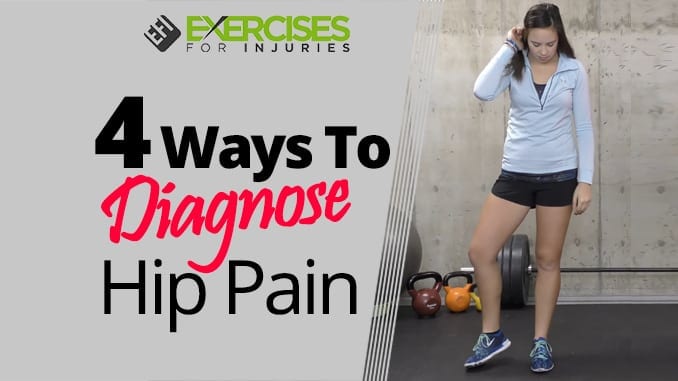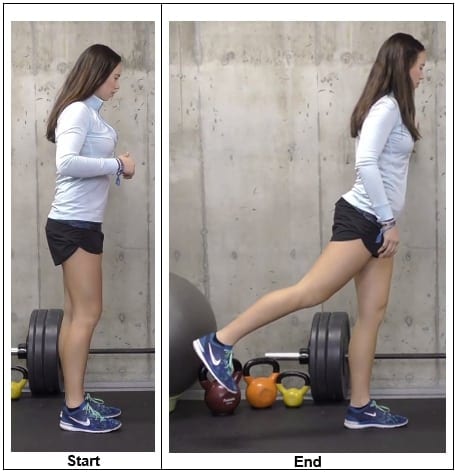
Hip pain is a common injury. It can be very debilitating and painful, especially if it’s untreated. Around 10% of adults experience hip pain at some point in their life. Several things can cause hip pain. These include but are not limited to infections, bone fractures, and arthritis, or it can be due to something as simple as stretching the muscles around the hip joint. Diagnosing hip pain is important for relieving symptoms and managing them long-term. One way to diagnose hip pain is with an X-ray. Here are some other ways that you can try at home before going to your doctor’s office:
I wanted to go through some accurate hip pain diagnosis that can help you get real results.
CLICK HERE to watch the YouTube video.
Jenna will go through the movements.
1. Stamp Out a Cigarette
We’re looking at how well the hips move in internal and external rotation for this exercise. You’re looking at how the hip feels on one side. Start with the right leg. You want to feel and see if there’s any resistance in any of the movements when rotating the leg in and out. Switch to your left leg and do the same movements.
See if one movement has greater resistance than the other and compare them between the two legs. Is the movement different in either one of the legs? If there are any differences or resistance, we need to address those imbalances in the hips.
Stamp Out a Cigarette
2. Knee Movement in a Chair
Begin in an upright sitting position on a chair or box. Grab one leg and bring the knee up toward the shoulder. Move it to the outside of the shoulder then to the opposite shoulder. Switch to the opposite leg and repeat the movements.
Like with the first exercise, we are looking for tightness in the hip, the resistance of movement, and how things are compared from one leg to the other leg when you bring the knee to your chest and shoulder. If there is any resistance or tightness, we need to address those movements.
Knee Movement in a Chair
3. Knee to Chest
Begin in an upright sitting position on the floor. Bring the knees close to your chest. First, check if one knee is closer to your chest than the other. Second, check if one side has greater resistance than the other. If one of those has greater resistance, then you need to address the muscle imbalances in the hip.
Knee to Chest
4. Standing Hip Extension
Begin in an upright standing position. Put one hand up against the wall. Bring one leg back and then back to the starting position. Go through another repetition and then switch legs.
With this exercise, we try to see if one leg differs in the range of motion on how far the leg can go back. Also, we need to check if one leg is tighter or stiffer than the other leg. If any of those exists, then we need to address them.
Standing Hip Extension
Outlook
These are the four quick little tests that you can do to diagnose your hip pain diagnosis. Should you find that you have difficulty with any of these movements, please make an appointment to see your family doctor or sports medicine physician as soon as possible.
If you are looking for exercises that have been scientifically proven to be most effective for targeting the gluteus maximus, then check out the Best Gluteus Maximus Exercises program, here!
Take care!
Rick Kaselj, MS





